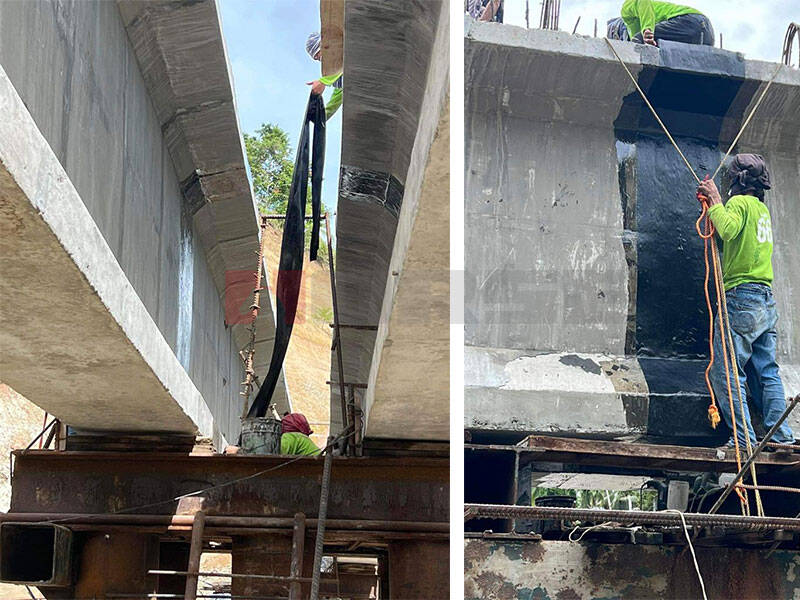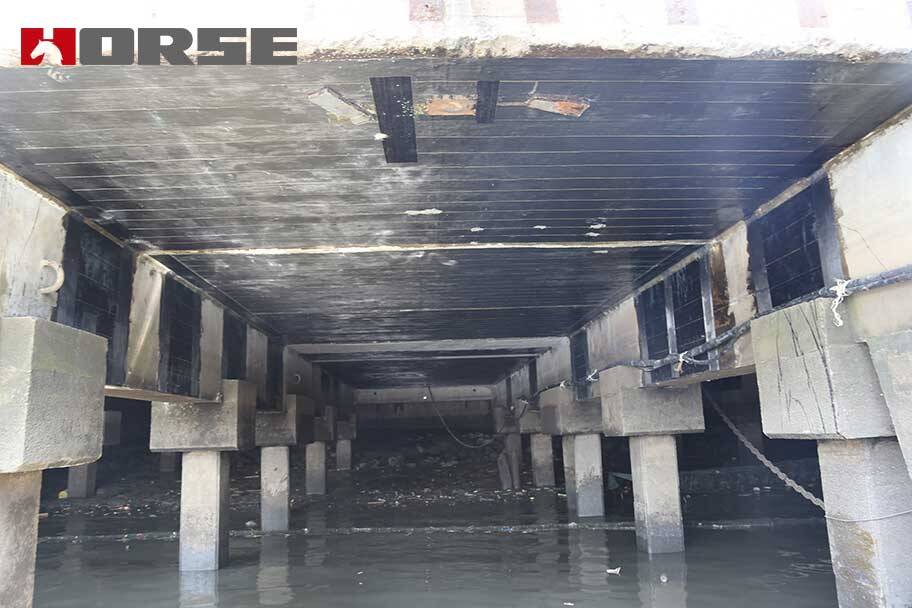Solutions
Horse Construction offers full range of structural strengthening materials with technical supports, documentation supports, products supports, project supports.
Carbon Fiber Material

With the aging and growing pressure of transportation infrastructure, the strengthening of structure has become crucial. This article aims to discuss the role of carbon fiber strengthening materials in the reinforcement of traffic structure and its key role in improving structural performance and extending life.
Carbon fiber enhanced material is a lightweight and high -intensity advanced material. CFRP is composed of epoxy resin pasted on the carbon fiber matrix. Its excellent mechanical properties and corrosion resistance make it an ideal choice in structural engineering.
In practical applications, the use of carbon fiber strengthening materials to strengthen the traffic structure involves multiple steps. First, the structure is evaluated and tested in detail to determine weaknesses and damage. Then, appropriate surface treatment and adhesion technology is used to cover the structure surface of the structural surface to form a reinforcement layer.
The reinforcement of carbon fiber shows excellent carrying capacity and pressure resistance. The high intensity of carbon fiber enables the structure to disperse the load more effectively and reduce the stress of key points. In addition, carbon fiber also provides additional anti -corrosion protection, extending the service life of the structure.

Carbon fiber materials are widely used in the transportation structure and can be used in the following key areas:
Bridge structure:
The main beams and Sota of curved and suspension bridges.
Support structural elements, such as beams and columns.
Road and highway:
The structural reinforcement of bridges, tunnels and overpass.
The strengthening of the bridge pier, pillar and tunnel walls.
Tunnel structure:
Reinforcement of tunnel walls and vaults.
Structural crack repair and prevention.
Railway structure:
The structure of railway bridges and tunnels.
strengthening of line pillars and foundations.
Port and dock facilities:
The reinforcement of the terminal and the dock structure is to bear the impact and load of the ship.
Coated in the sea structure to increase corrosion resistance.
Public transportation facilities:
strengthening of subway and light rail platform structures.
The reinforcement of the stairs, elevator wells and pedestrian bridges.
Cross port and overpass:
The structure of the pillar and beams of the overpass bridge is strengthened.
Support the durability of the structure of the bridge deck and cross -port.
Water traffic facilities:
strengthening of shipwars and dock structures.
Improvement of corrosion resistance of ports and maritime facilities.
The application of carbon fiber strengthening materials not only improves the performance of the structure, but also meets the principles of sustainable development. Its lightweight characteristics reduce the load of the overall structure and reduce energy consumption. In the future, with the advancement of technology, the application prospects of carbon fiber enhanced materials in the field of transportation will be wider, providing new possibilities for the more secure and reliable transportation infrastructure.
You can find anything here you are in need of, have a trust trying on these products, you will find the big difference after that.

High strength, unidirectional carbon fiber wrap pre-saturated to form a carbon fiber reinforced polymer (CFRP) wrap used to strengthen structural concrete elements.

High strength, unidirectional carbon fiber fabric pre-saturated to form a carbon fiber reinforced polymer (CFRP) fabric used to strengthen structural concrete elements.

High strength, unidirectional carbon fiber sheet pre-saturated to form a carbon fiber reinforced polymer (CFRP) sheet used to strengthen structural concrete elements.